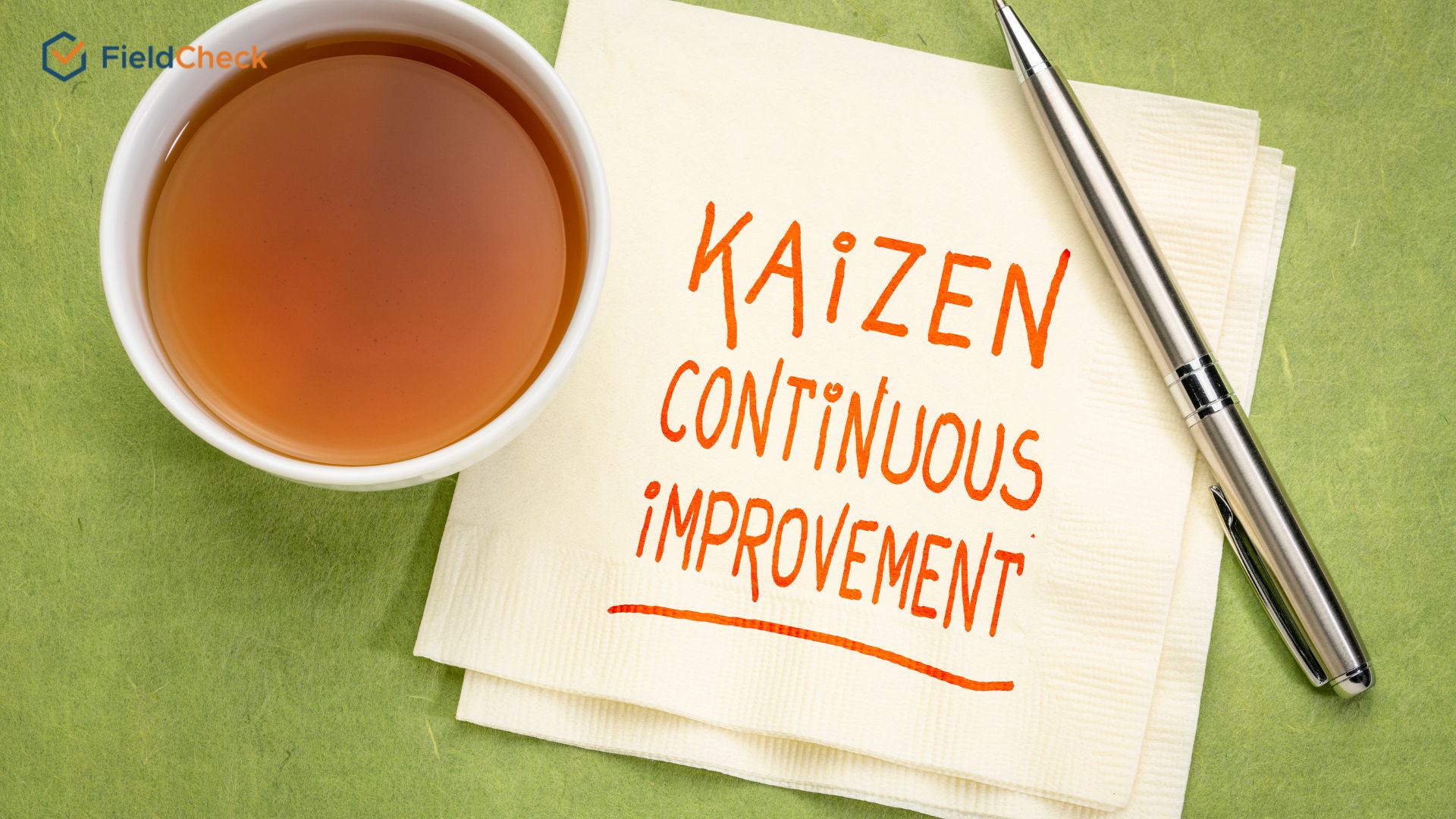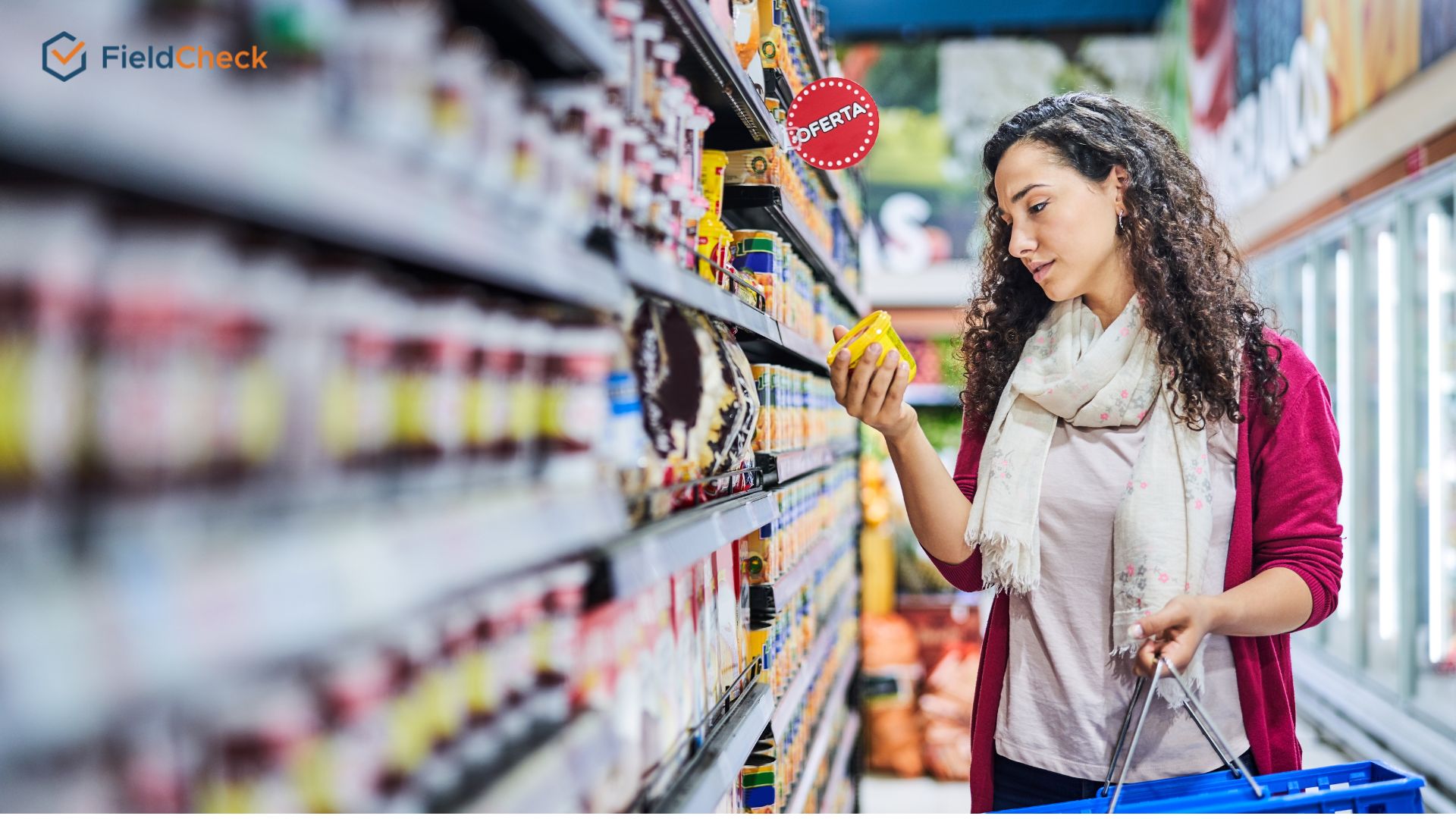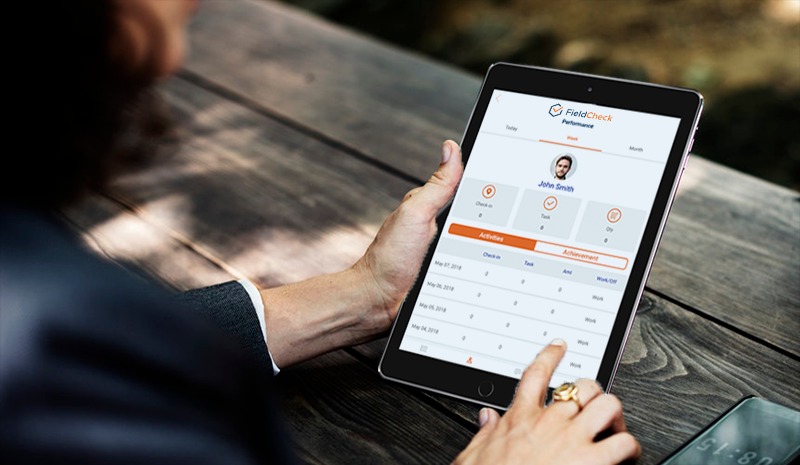Kaizen Philosophy: The Application to Improve Business Productivity
Surely you have often wished or sought to "improve yourself" to live more progress and achieve more success. In the business field, Mitsubishi Electric Corporation has the famous slogan "Changes for the better" - a message that shows the company's commitment to constantly strive to improve and create better products.
But have you heard of the Kaizen philosophy? How does a business successfully apply the Kaizen method?

What is Kaizen?
Today's article will give an overview of Kaizen, important principles, and steps to apply this philosophy to your business and production activities.
What is Kaizen?
First, let's start with the definition of what Kaizen is. In Japanese, Kai means change, and Zen means good, so Kaizen means "change for the better" when put together.
Or, more simply, 'Kaizen' in Japanese sounds similar to the word 'Improvement' in Vietnamese, so we can also understand Kaizen as an improvement. According to the English dictionary, Kaizen is translated as "Kaizen continuous improvement", a Japanese business philosophy.
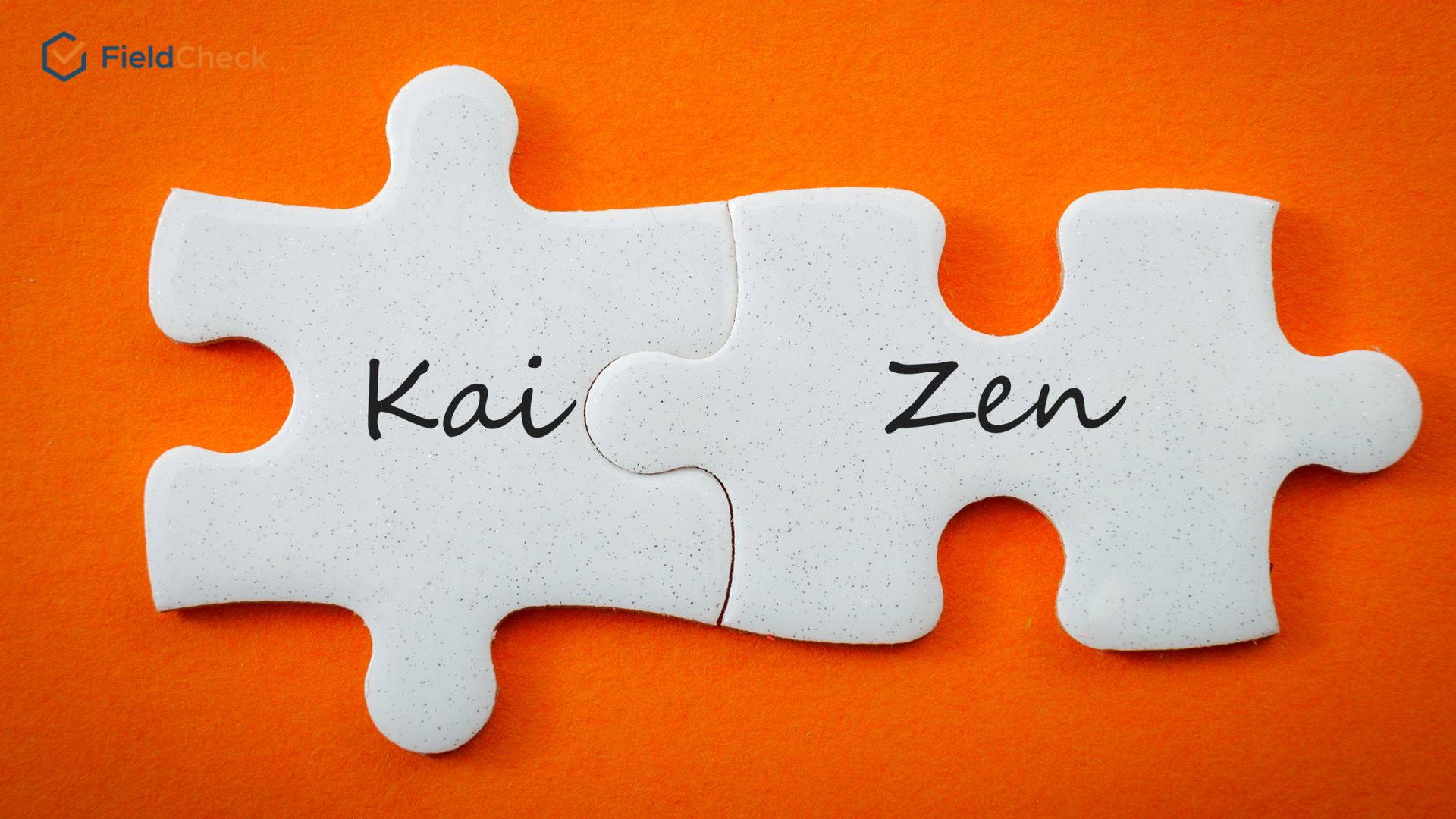
Kaizen is a well-known business philosophy
Kaizen is not only about improving work processes and enhancing the performance of businesses but also about making sense in people's lives. In life, people need to constantly change and improve themselves to become better.
One of the characteristics of this approach is that it takes effort from all parts of the organization with small changes and continuous implementation over a long time.
Many Japanese manufacturing companies, such as Toyota, Suzuki, and Honda, have successfully applied this Kaizen philosophy. More and more businesses in many fields in different countries, including Vietnam, can also apply Kaizen to their business activities widely.
Kaizen means continuous improvement
10 Important Principles of Kaizen Philosophy
Applying the Kaizen philosophy means having the right mindset and consistency across the company. Therefore, you need to pay attention to the following 10 principles of Kaizen to maximize the benefits of this method.
1. Always Ready to Accept Changes
Most of us often act out of habit because our brains tend to prefer stability and are not ready for a new state.
Therefore, not everyone easily adapts to positive or negative changes, making it difficult for many companies to change and do things the same old ways.
With the Kaizen philosophy, every individual must always be in a state of accepting new ideas, abandoning traditional views/ways of doing things, and must constantly change to increase the effectiveness of the company's products and services. Only then can your business stand out and create a competitive advantage in the market.
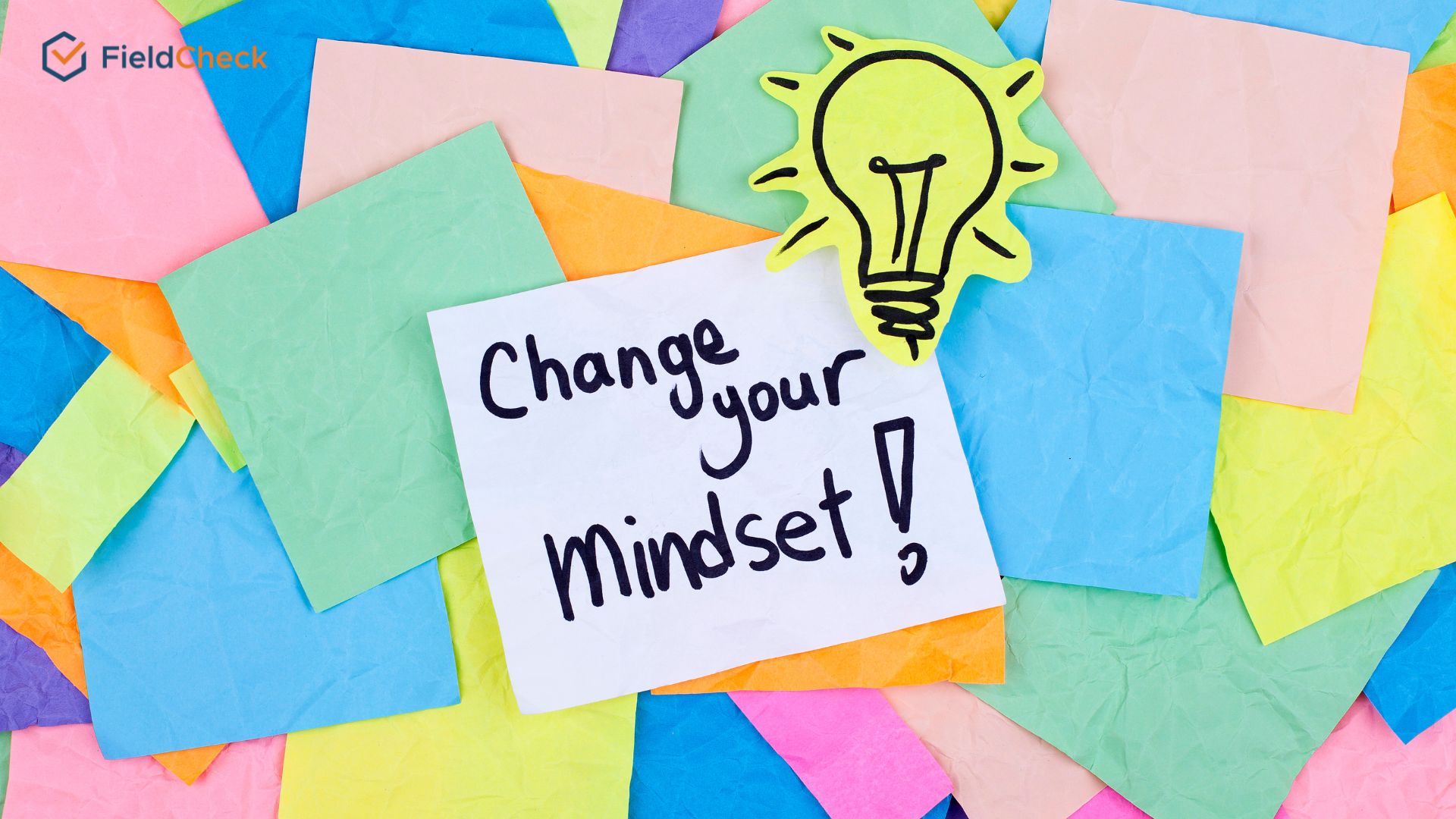
Applying Kaizen means accepting new change
2. Don't Think Perfection When Starting
Customers' needs for information, functions, prices, etc., of products and services, tend to change over time, requiring businesses to constantly improve the quality of their products day by day.
Therefore, if a business does not have a specific strategy for improving its products, it will be very easy to fall behind. Moreover, improving an old product always saves time and costs more than manufacturing a new product.
However, don't expect perfection from the first time you improve. Things are constantly changing, and it takes trying many methods to see what works for them and testing many ways before focusing on a new method. You can't "complete the task" immediately but must do it slowly with many different steps and stages.
3. No Blame And Excuses
One of the special principles of Kaizen is not to accept any excuse for not completing the assigned task. Individuals must take full responsibility for their tasks; if they make a mistake, they must present the incident to find a solution.
When an error occurs, each individual must accept the responsibility on their part and should not blame each other or for unreasonable reasons (such as traffic jams or bad weather). The best way to do it is to help each other overcome the problem and try not to make the same mistake again.

Do not blame but accept responsibility for yourself
4. Promoting "Open" Corporate Culture
An open corporate culture means an open environment, enabling employees to face mistakes and a place where individuals have the right to express their thoughts and contribute initiatives to solve problems freely.
All members of an organization, from the CEO to the junior staff, should be encouraged to offer suggestions, be willing to point out weaknesses, and ask for help from colleagues or superiors.
The company when applying Kaizen should build a good internal communication network so that employees can update news, share experiences, and support and help each other in their work. This approach contributes to creating an effective push to accomplish the common goals of the business.
5. Encourage Teamwork
Teamwork is a core part of the Kaizen philosophy. Therefore, enterprises should build a human resource structure to establish effective working teams.
In particular, the team leader must be a person with good leadership capacity. All members must regularly coordinate, always respecting each other's personalities and individual opinions. Team meetings should also be held weekly to discuss the work and update the improvement process results.

Teamwork is an element of Kaizen
6. Making Right Relationships
A successful business is when a team of employees work together for the company's common purpose. If you are a visionary leader, invest in your company's skills training programs, including management and employees.
It is a way for businesses to build an EVP - Employee Value Proposition (employee value proposition), build trust for employees, and retain talented people for a long time with the company. Also, the relationship between employees must always be positive, not aggressive, or see each other as enemies.
7. Cultivate Sense of Discipline, Self-Awareness
Each employee must voluntarily comply with the rules and laws of society, regulations, and corporate culture.
Each individual must have the spirit of acceptance to sacrifice personal interests for the common good, which is the mission and values that the company is pursuing. Work interests should be placed above personal needs, and one must always be aware of their weaknesses to practice and correct themselves.
8. Never Stop Improving
By constantly asking the "why" question before making any decision, you can find the root cause of all problems and the real reason that leads to an event or result. . As a result, it will be easier for you to make the right decisions.
Also, always learn and improve yourself. Whether learning something new or perfecting an existing skill, it's never too late to learn from others. Improvement knows no bounds, and you can always improve with constant effort to observe and learn.
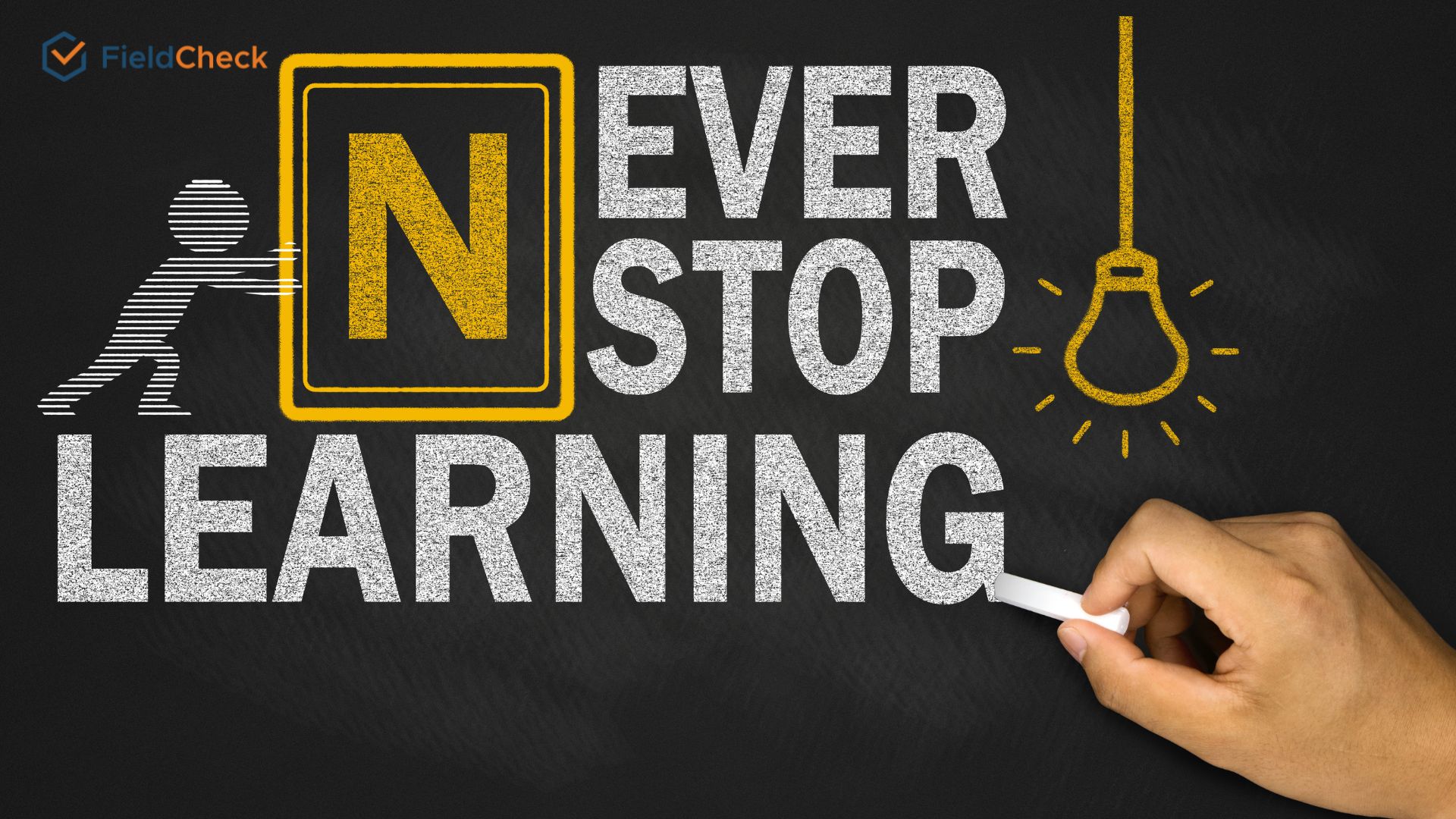
Constantly striving to improve
9. Inform To All Employees
Sharing information regularly and transparently to all employees is essential in modern production and business processes. People cannot achieve high results at work if they do not understand the company's current situation.
Maintaining timely information sharing is also a way for businesses to share common difficulties and challenges for everyone to solve.

Let's solve the problem together
10. Boost Productivity and Work Efficiently
To be able to achieve good results in business, it is certain that productivity is one of the decisive factors in every business. Implement internal training policies, such as training new employees or training the necessary soft skills systems.
In addition, highlight the individual's ability; recognize their achievements and reward them for their contributions; assign specific permissions to tasks and projects.
Benefits of Applying Kaizen Philosophy to Business
A business that applies the Kaizen strategy can reap many significant benefits that help promote the business further and bring positive results for employees and customers.
- Kaizen helps increase work productivity and improve service and process quality.
- Minimizing waste in the business process
- Help motivate employees to hone their skills
- Motivate individuals to come up with more ideas
- Promote teamwork, and internal cohesion
- Building leadership skills and empowering employees
The Right Time To Apply Kaizen For Businesses
Kaizen can be applied anytime to solve problems in the production business and create breakthroughs in the future:
- Kaizen during a crisis is a must-have solution for survival.
- Kaizen in difficult contexts (pandemic, economic recession) to limit disruptions and prepare for the recovery later.
- In particular, businesses should implement Kaizen while everything is growing steadily to save time and effort as a foundation for sustainable development.
Seven Kaizen Steps To Improve Your Business
Kaizen consists of seven steps, from identifying the problem to finding a solution, testing, analyzing the results, and finally doing it all again.
Step 1: Assess the Current Situation of the Enterprise p
Before applying Kaizen tools or any other strategy, businesses also need to evaluate the actual status to agree on Kaizen goals and avoid the work being done being abandoned because of gifts, insufficient resources, or going wrong, etc.
Step 2: Find the Cause of the Problem
Gather feedback from all employees, and list potential problems and opportunities. Through detailed analysis through statistics and employee feedback, the leadership team will have the most overview and identify the problem's root cause.
Step 3: Find the Solution
Once the cause is identified, it's time to devise a solution together. It would help if you encouraged employees to develop creative solutions and ideas. Choose the most feasible solution from the ideas presented. Then make a plan to implement that solution.
Step 4: Evaluate the Solution
The next step after finding a solution is to implement Kaizen according to the plan. Businesses can create pilot programs or take other small steps to test the solution and officially implement it in the enterprise.
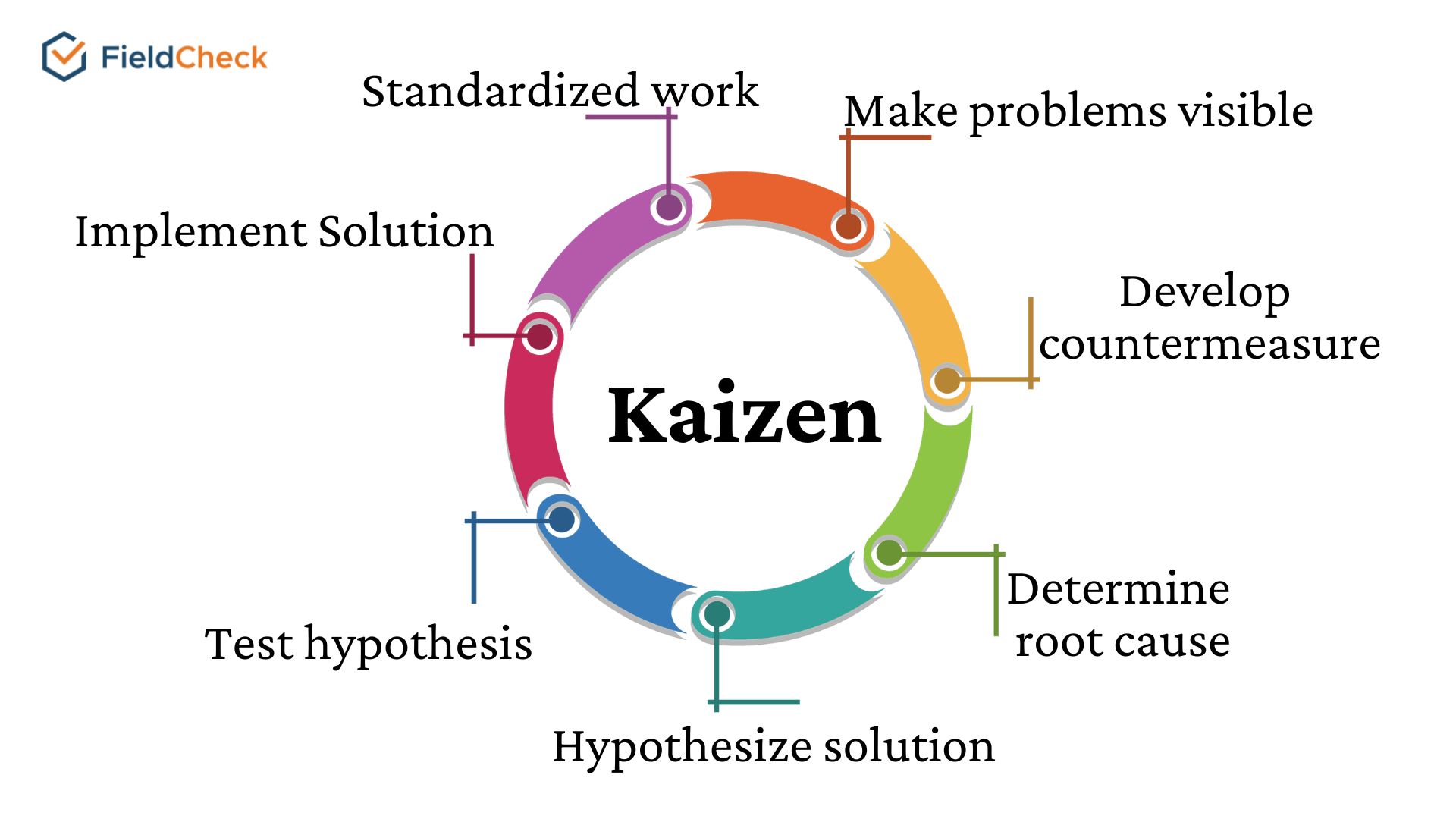
The 7-Step Kaizen Cycle
Step 5: Regularly Measure and Analyze Results
During the implementation process, managers and relevant people must regularly collect information and check and supervise.
Step 6: Optimize the Solution
After successfully implementing a solution, businesses will have data information to evaluate results obtained from Kaizen. From there, businesses can draw advantages and disadvantages of this method.
In addition to maximizing the effectiveness of Kaizen, businesses also need to correct shortcomings quickly through different implementations.
Step 7: Repeat the Standardized Kaizen Cycle
Once you have confirmed that you have the right Kaizen solution, it's time to repeat the cycle from step 1, so that Kaizen becomes a cycle in the company.
Kaizen Models
5W - 1H
Model 5W (Who, What, When, Where, Why) - 1H (How) are questions used to identify and analyze problems and are used throughout the implementation of Kaizen.
Some example questions: Who did this; what should be done; when will we finish it; where can we work; why do this; and how does this work?

Model 5W-1H
5S
5S Kaizen is a simple tool to manage and arrange the workplace, enhancing people's self-consciousness. This method is likened to a "modern cleaning" method, which eliminates waste in production activities and supports the implementation of the quality system for businesses.
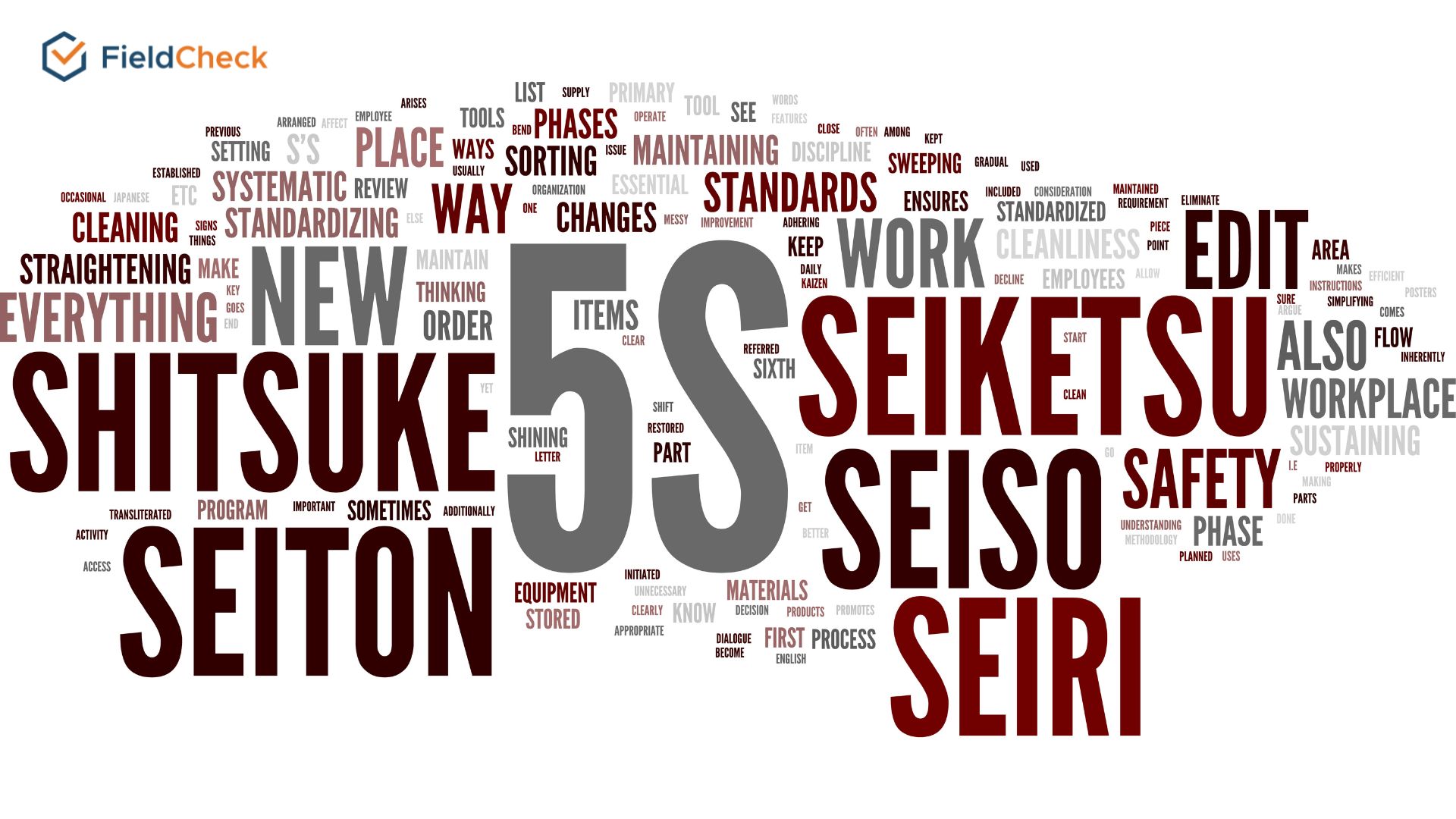
Model 5S
- Seiri (Sort - Screening): classifying and selecting the wrong things/ shortcomings and realizing the potential and effects of Kaizen
- Seiton (Straighten - Arrange): arrange these things in a certain order so that we know where and how to start
- Seiso (Shine - Clean): keeping the working environment clean and cool will make people comfortable and convenient for building a professional image.
- Seiketsu (Standardize): continue to keep the first 3S happening and maintain it for a long time to be able to achieve the best effects
- Shitsuke (Sustain - Ready): always improve himself and improve his order and manners to be able to attract others to join and follow.
Examples of Kaizen Application
One of the very successful businesses applying the Kaizen philosophy is Toyota - a famous Japanese car company. However, we will give you a few more Kaizen examples outside of Japan to see the widespread application of this method.
- Lockheed Martin: the American aerospace company with a global reach is the first to propose using Kaizen. This company successfully used the Kaizen method to cut production costs, inventory, and delivery times.
- Ford Motor Company: When Alan Mulally became CEO of Ford in 2006, the automaker was on the verge of bankruptcy. By applying Kaizen, Alan Mulally revived Ford from the crisis, bringing the company back to its golden age.
- Animation studio Pixar: Pixar has adopted a continuous improvement model to reduce the risk of failure for costly films by using iterative and quality-checking processes.
Toyota, Ford, and many companies have successfully applied Kaizen
Wrapping Up
Japan is a developed country that makes many other countries admire and beware of technological advances and effective working methods such as Ikigai or Kaizen philosophy.
Therefore, studying these methods can help you create many results. Especially if a business knows how to apply it properly, it will bring positive results and achieve more success.
